Tungsten steel, often revered for its exceptional hardness and resistance to wear, plays a crucial role in various industries, from aerospace to manufacturing. Its unique properties make it a go-to material for durability and strength applications. But what exactly is tungsten steel, and how does it compare to other types of steel?

What is Tungsten Steel?
Tungsten steel is an alloy that typically combines Tungsten Metal with other metals such as iron and carbon. Known for its remarkable hardness and high melting point, tungsten steel is utilized in environments that demand materials with superior toughness and resistance to wear. Industries such as aerospace, automotive, and mining heavily rely on tungsten steel for critical components like cutting tools, drill bits, and high-performance machinery.
Tungsten Alloys and Their Benefits
Tungsten alloys, which blend tungsten with elements like nickel, iron, or copper, offer a range of unique benefits. These alloys maintain the advantageous properties of pure tungsten—such as high density and melting point—while enhancing machinability and ductility.
- High Density and Strength: Tungsten alloys are incredibly dense, making them ideal for applications that require materials with high weight-to-volume ratios, such as radiation shielding and ballast keels in sailboats.
- Thermal and Electrical Conductivity: These alloys exhibit excellent thermal and electrical conductivity, which is essential for electrical contacts and heat sinks in electronic devices.
- Corrosion Resistance: Tungsten alloys resist corrosion better than many other metals, making them suitable for harsh environments and chemical industries.
- Customizability: The versatility of tungsten alloys allows for customization to meet specific industrial needs, whether it’s adjusting the hardness, ductility, or tensile strength.
Comparing Tungsten Steel to Other Steels
Tungsten Steel vs. High-Speed Steel
Composition and Characteristics: High-speed steel (HSS) is an alloy that typically includes elements like tungsten, molybdenum, chromium, and vanadium. While both tungsten steel and HSS are known for their hardness, HSS also boasts excellent heat resistance, which allows it to maintain hardness at high temperatures.
Applications: Tungsten steel is primarily used in applications requiring extreme hardness and wear resistance, such as cutting tools and abrasives. In contrast, HSS is favored for making cutting tools that must operate at high speeds and temperatures, like drill bits and saw blades.
Pros and Cons: Tungsten steel offers superior hardness, making it more suitable for applications involving significant abrasion. However, HSS is better suited for high-speed applications due to its ability to withstand heat without losing its hardness.
Tungsten Steel vs. Stainless Steel
Composition and Characteristics: Stainless Steel is an alloy of iron, chromium, and sometimes nickel, known for its corrosion resistance. While tungsten steel excels in hardness and density, stainless steel is prized for its resistance to rust and corrosion.
Applications: Tungsten steel is used where extreme hardness is needed, such as in mining and cutting tools. Stainless steel is more common in applications requiring hygiene and corrosion resistance, like kitchenware, medical instruments, and construction materials.
Durability and Corrosion Resistance: Tungsten steel is extremely durable and wear-resistant but can be prone to oxidation if not properly treated. Stainless steel, on the other hand, offers excellent corrosion resistance and durability in various environments.
Tungsten Steel vs. Carbon Steel
Composition and Characteristics: Carbon steel is an alloy of iron and carbon, with varying levels of carbon determining its properties. Tungsten steel includes tungsten, giving it enhanced hardness and wear resistance compared to carbon steel.
Strength and Wear Resistance: Tungsten steel outperforms carbon steel in terms of hardness and resistance to wear. However, carbon steel is more ductile and easier to work with, making it suitable for construction and general-purpose applications.
Use Cases: Tungsten steel is ideal for high-wear applications like cutting and drilling, while carbon steel is used in construction, pipelines, and automotive parts due to its balance of strength, ductility, and cost-effectiveness.
Conclusion
Tungsten steel and its alloys offer unmatched hardness and wear resistance, making them indispensable in various high-performance applications. Whether comparing it to high-speed steel, stainless steel, or carbon steel, tungsten steel stands out for its unique properties that cater to specific industrial needs.
Explore our high-quality tungsten products at MetalsTek to find the perfect solution for your industrial requirements. Visit our webpage to learn more:
